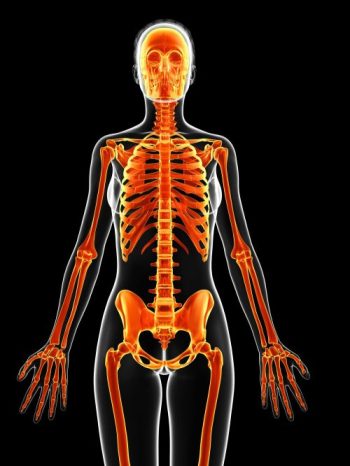Correctional Nurse Basics:
The Musculoskeletal System
The Musculoskeletal System is a complex network of tissues, including bones, muscles, tendons, ligaments, and joints, that work together to provide structure, support, movement, and protection to the human body.
Bones are the framework of the body, providing structure, support, and protection for organs. Bones also store minerals and produce red blood cells in the bone marrow. Muscles are responsible for movement by contracting and relaxing. Skeletal muscles attach to bones via tendons and enable voluntary movements such as walking, running, and lifting. Tendons are connective tissues that allow the transmission of force from muscle contractions to bone movement. Ligaments are strong, fibrous tissues that connect bones to each other at joints, providing stability and limiting excessive movement. Joints are areas where bones meet and articulate, allowing movement. Different types of joints include hinge joints, ball and socket joints, and pivot joints.
In this class, we will discuss the pathophysiology of the musculoskeletal system, including muscles and bones, and common disorders of the Musculoskeletal System seen in correctional healthcare.
